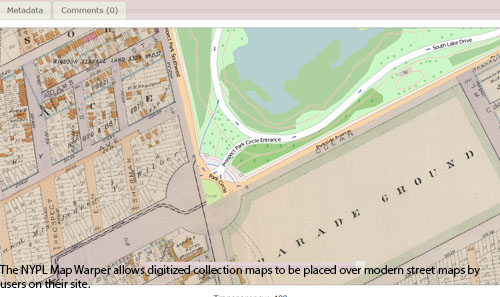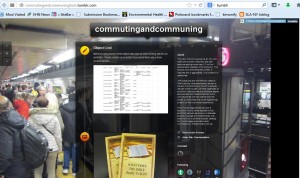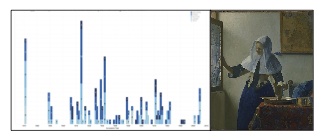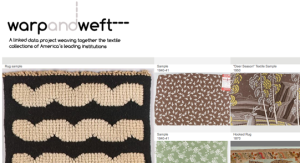Tag: museumsPage 2 of 2
Panel discussion exploring the current methodologies regarding the documentation, description, and management of artist records and their works of art in three distinct professional environments– working with a living artist, working in a foundation, and working in a museum setting.
This video was created as if I were giving an academic job talk for a position at the University of North Texas Libraries. The topic I was assigned for my presentation was, “current and emerging trends in digital media preservation and how libraries have/can/should address these needs.”
Working with Prof. Craig MacDonald, seven SILS students designed and conducted a user experience evaluation of the Brooklyn Visual Heritage website, presenting actionable suggestions to improve the site’s usability to the Project CHART team in April.
Despite their similarities, libraries and museums have different strengths and weaknesses when it comes to user interaction and accessibility. In order to increase accessibility to their collections and thus increase the knowledge production potential of the information sources therein, the two types of institution need not only to learn from each other but also to collaborate. This presentation will explore the current state of library/museum collaboration and explore some directions for future work, including bringing collaboration between the two fields into the classroom at the graduate level.
Using exploratory methods of Linked and Open Data, “Perspectives of Origin: A Geographic Encounter” project seeks to display specific geographic origin information of cultural heritage objects from the collection of the Metropolitan Museum of Art.





